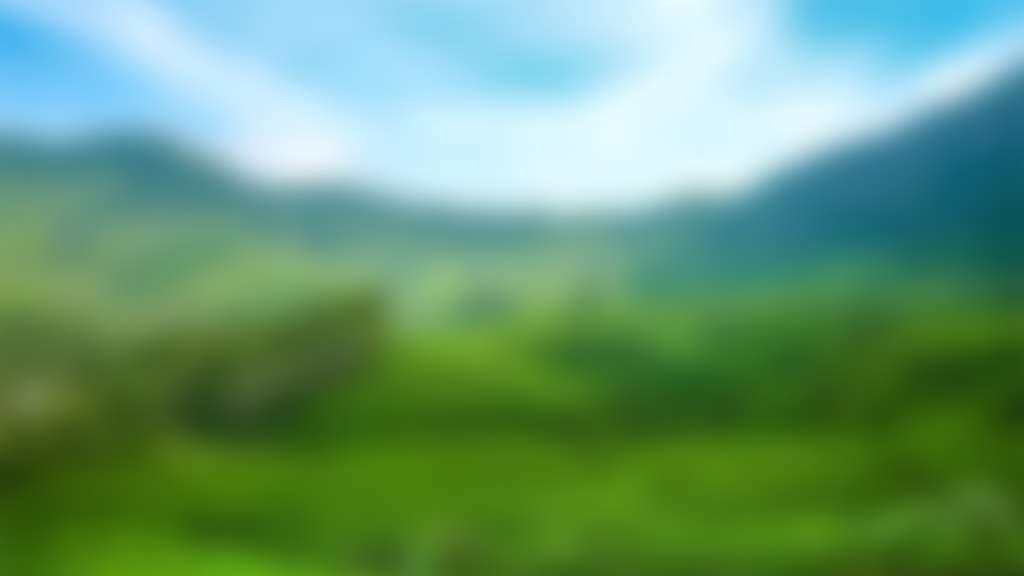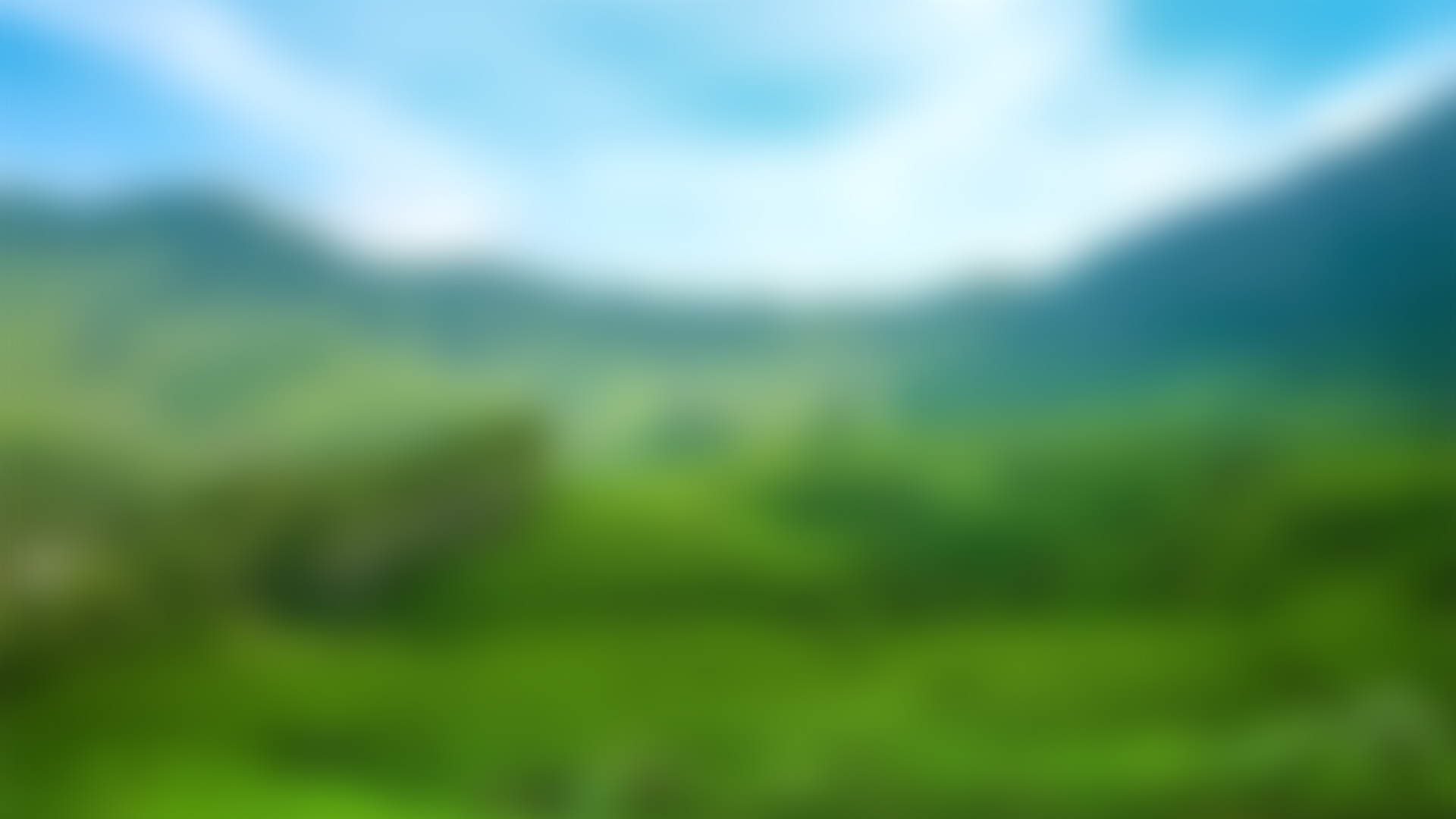
Sorry, we couldn't find anything that matches your search.
Destination

Famous Places to Explore in Hyderabad
A vibrant city with the imposing...

Raipur Tourist Places | Best Place to Visit
The stronghold of several erstwhile...

Ahmedabad
Declared as India's first UNESCO World...
#
‘Shimla nahin basna, Kasauli nahin basna, Chamba jana zaroor’ (Settle not in Shimla, not in Kasauli, visit Chamba for sure) are the opening lyrics of a popular Himachali song sung by folk singers. Such is the charm of Chamba.On the crossroads of Dhauladhar and Zanskar ranges, Chamba, bordering Jammu and Kashmir, is the northernmost district of Himachal Pradesh. Nestling on the right bank of Ravi River, at the scenic spot where the smaller Sal River meets the larger one, the sprawling township of Chamba was founded on terraced flats over a thousand years ago. Bound between high ranging mountains, Chamba (altitude 996 m) has developed a highly skilled home grown architectural style, a ‘Pahari’ art form and a niche handicraft industry. Strolling through the town’s old lanes, one can see that Chamba still preserves much of its medieval past in temples, palaces and many other monuments. The Bhuri Singh Museum, established in 1908, preserves rare inscriptions, musical instruments, arms and armour, coins, jewellery, traditional costumes and other valuable artefacts. Chamba can be reached by road and it is 120 km from Pathankot.
-
Start : Pathankot
-
End : Chamba
-
Time : Five day
Day 1 Stop 1 : Nurpur :

Highlight
Best Time to Visit:
Recommended Duration:
Nurpur is a beautiful place, named after Nurjahan, the consort of the Mughal emperor Jehangir. It has an old fort and an ancient Krishna Temple. Nurpur is 20 km (approx) from Pathankot, the nearest broad gauge rail head.
Explore More
Stop 2 : Dalhousie

Highlight
Best Time to Visit:
Recommended Duration:
After visiting Nurpur, start the journey to Dalhousie, which is 65 km. Dalhousie is a cool hill retreat with a bygone colonial charm. Spread out over the five hills of Kathlog, Potreyn, Terah, Bakrota and Bhangora, Dalhousie was founded in the 1850s by Lord Dalhousie. Rich in colonial architecture, the town preserves some beautiful churches. The marvelous forest trails overlook vistas of wooded hills, waterfalls, springs and rivulets. In the distance, River Ravi meandering its course, adds to the panorama. Mighty Dhauladhar ranges with perennially snow-capped peaks complete the horizon. The town’s main market - The Mall Road, is a good place to shop for woollen Himachali shawls, Chamba rumals, traditional jewellery, handicrafts and other items. Dalhousie when approached through Khajjiar is 46 km from Chamba and 54 km from another route. Himachal Tourism operates ‘Hotel Manimahesh’, a deluxe hotel at Dalhousie. There are a variety of private hotels also available here.
Explore More
Stop 3 : Khajjiar

Highlight
Best Time to Visit:
Recommended Duration:
After lunch at Dalhousie, proceed to visit Khajjiar, popularly known as the 'Mini Switzerland of India'. On the way, the scenery you found is fascinating while going towards Khajjiar. Often compared with Swiss mountain meadows, Khajjiar is a wide grassy clearing around a pond in a thick cedar forest. This scenic spot is only 23 km from Dalhousie and 26 km from Chamba. Himachal Tourism Hotel/Cottage and private hotels are available for night stay at Khajjiar and Dalhousie.
Explore More
Day 2 Stop 1 : Chamba
After breakfast at Khajjiar, explore Khajjiar and its surroundings and then move towards Chamba. Chamba has many renowned temples like the Lakshmi Narayan Temple, Chamunda Devi Temple and Champavati Temple. The hub of activity is Chaugan, a large ground in the town. Chamba is renowned for its impressive miniature paintings and the famous Chamba rumal, which is a ceremonial embroidered cloth.
Explore More
Day 2 Stop 2 : Saho

Highlight
Best Time to Visit:
Recommended Duration:
After lunch at Chamba, visit nearby Chandrashekhar Temple at Saho village. It is 18 km from Chamba, on the bank of Sal River. At this village the Chandrashekhar Temple is over 1100 years old. A naturally formed Shiva Lingam, covered with copper, which was extracted from old copper mines of Chamba, is placed here and worshiped. The villagers claim to be descendants of Lord Shiva and believe that it was from Saho that the Lord made the journey to Manimahesh Kailash Peak in Bharmaur to settle there. After visiting Saho, travel to Chamba for a night stay. Himachal Tourism's Hotel Iravati and private hotels available at Chamba.
Explore More
Day 3 Stop 1 : Chamba Jot

Highlight
Best Time to Visit:
Recommended Duration:
High over the valley, overlooking the town, the hilltop ‘Jot’, 30 km from Chamba, has commanding views that attract a lot of visitors. In winters, Jot receives heavy snow. It is a popular picnic spot. Nearby is a small temple of Pohlani Mata. The scenic meadow of Khajjiar, 20 km away, is an easy grade trek from Jot.
Explore More
Day 3 Stop 2 : Dharamshala

Highlight
Best Time to Visit:
Recommended Duration:
After exploring Jot, move towards Dharamshala. On the way, one can stop for lunch at a roadside dhaba or hotel. Lying in the shadow of mighty Dhauladhar range is the quaint town of Dharamshala. Divided into two halves- Kotwali Bazar and the skirting markets make up Lower Dharamshala, which makes a dramatic transition in the upper reaches that has thick pine, cedar and Himalayan oak forests around the township of Mcleodganj. It is an 18 km gradual uphill drive from Kangra that gets you to Dharamshala. With rising altitude the summer temperature between Lower and Upper Dharamshala changes from warm to cool climes.
The vivid character of the city today attracts many famous people, including country heads, filmmakers and diplomats to Mcleodganj and Dharamshala from all over the world. The main street of Mcleodganj is sprinkled with Tibetan craft shops and amazing eateries serving fresh and savoury dishes cooked with a tinge of Tibetan cooking flavours. Major section of the market is centered around the Kalachakra Temple, bestowing good wishes on residents and tourists. The church of St John at Forsythganj near Mcleodganj, is also an attraction for tourists. McLeodganj is 9 km from Dharamshala. For night stay, Himachal Tourism's hotel and private hotels are available at Dharamshala and Mcleodganj.
Explore More
Day 4 stop 2 : Chamunda ji

Highlight
Best Time to Visit:
Recommended Duration:
About 15 km from Dharamshala is the famous temple of Shri Chamunda Devi ji. In the shadow of the mighty Dhauladhar ranges, by the banks of River Baner, the Chamunda Devi temple complex has very scenic surroundings. Within the complex is a cave shrine that shelters a Shiva Lingam under a boulder. The temple is believed to be more than 400 years old.
Explore More
Day 4 stop 3 : Palampur/Baijnath

Highlight
Best Time to Visit:
Recommended Duration:
After visiting Chamunda Devi ji temple, have lunch and move towards Palampur. The blended scent of tea leaves fused with the fragrance of pine trees welcomes you to Palampur, about 23 km from Chamunda. Well laid out tea gardens on undulating slopes always give the place a fresh look. For those who wish to explore further, a trip to the ancient Shiva temple at Baijnath is worth it. The Baijnath town has no goldsmiths and doesn't celebrate Dussehra as the victory of Rama over Ravana, for it is associated with the boon granted by Lord Shiva to Ravana for his devotion. Baijnath is 16 km from Palampur. Himachal Tourism's hotel 'Tea Bud' is available at Palampur for stay, besides other private hotels.
Explore More
Day 5 stop 1 : Kangra

Highlight
Best Time to Visit:
Recommended Duration:
Giving an early start to the last day of the road trip, visit the famous Shaktipeeth Shri Bajreshwari Devi Temple at Kangra, about 35 km from Palampur. Shri Bajreshwari Devi Temple, in the heart of Kangra town, honours goddess Bajreshwari, an incarnation of goddess Durga. According to a legend, the temple was originally built by Pandavas during the Mahabharata era. The fame and riches of the temple attracted many invaders over the centuries. Plunder of the temple by Mahmud of Ghazni in 1009 AD, carrying away tons of gold and other valuables over the Khyber Pass, is well documented by historians. The temple was flattened by an earthquake in 1905 but has since been rebuilt and restored.
Explore More
Day 5 stop 2 : Shri Jwala ji

Highlight
Best Time to Visit:
Recommended Duration:
After visiting Shri Bajreshwari Devi temple, start the journey towards Jwala ji, about 35 km from Kangra and visit the famous Shaktipeeth Shri Jwala Devi ji temple. An eternal flame of natural gas that has been burning for thousands of years from a hollow rock is revered as the manifestation of goddess Jwala ji. Every year during Navratri days in March-April and September-October colourful festivals are held at Jwala ji. The natural flame is protected in the sanctum sanctorum with a gold layered dome shaped temple built over it.
Explore More
Day 5 stop 3 : Shri Chintpurni ji

Highlight
Best Time to Visit:
Recommended Duration:
Another stop on the way back can be the Shri Chintpurni Devi Temple, associated with Goddess Chintpurni. A deeply revered Shaktipeeth township, Chintpurni is a major pilgrimage centre that attracts lakhs of people every year. A Shaktipeeth considers the female divinity as the source of all cosmic energy and Shaktipeeth temples span the length of the Himalayas from Kashmir to Assam. Believers hold that as the dead body of Sati dismembered during an all consuming cosmic Tandav dance of Lord Shiva, it was the dead goddess’ feet that fell at Chintpurni, giving the place its name. A gold plated shrine, at the center of the temple complex, is an impressive monument. Chintpurni is 55 km from Una town and 175 km from Chandigarh.
Explore More
Best time to visit:
Between October and February. The weather is pleasant and cool during this time of the year.
Where to dine:
Indulge in a hearty traditional South Indian breakfast of ghee (clarified butter)-roast dosa (crepes), steaming idlis (rice cake) and filter coffee at restaurants located at a walking distance from the Marina Beach. Break for lunch at one of the road-side eateries or swanky restaurants around the crocodile bank.
Travel Tips :
● It is advised to dress appropriately as there are many temples and religious sites along the way that you might want to visit. ● Try to follow the local culture of eating with your hand. The effort will be appreciated. ● Carry identification proof and passport-size photographs. ● Drink packaged drinking water and carry some munchies for hour-long distances.















